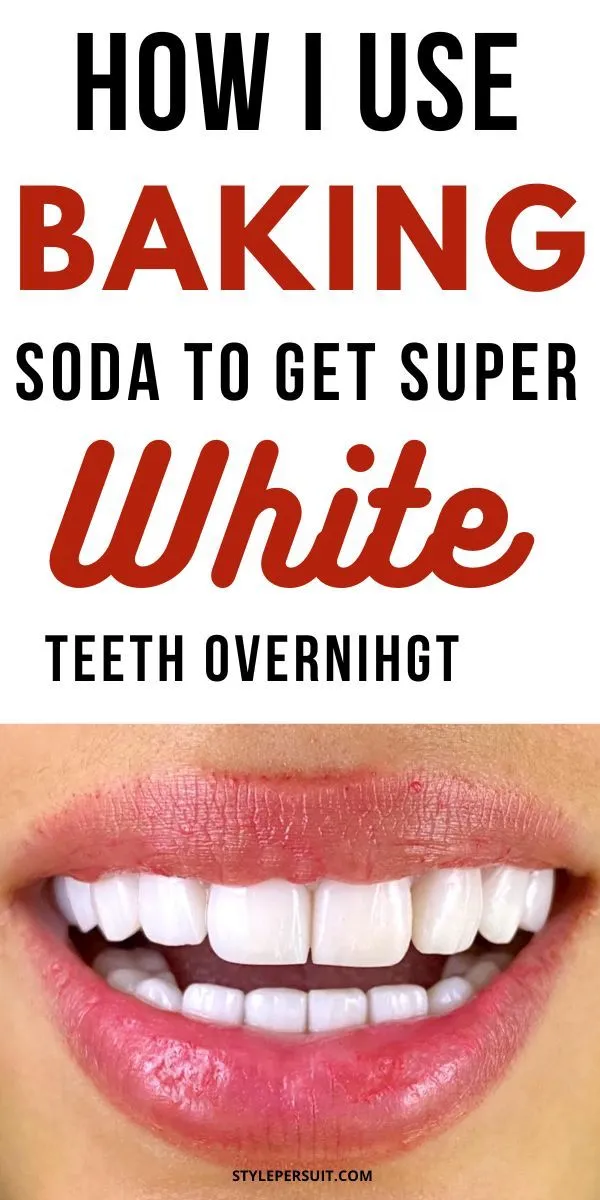What is Baking Soda and Why Use it
Baking soda, also known as sodium bicarbonate, is a common household item with a multitude of uses. From baking to cleaning, it’s a versatile substance. But did you know that it can also be used for teeth whitening? Baking soda is a mild abrasive, meaning it can help to remove surface stains from your teeth. Many people turn to baking soda as a cost-effective and readily available option for achieving a brighter smile. Its accessibility and affordability make it an attractive choice for those looking for a natural way to enhance their teeth’s appearance, without the expense of professional treatments or the use of harsh chemicals.
The Science Behind Baking Soda’s Whitening Effect
The whitening effect of baking soda stems from its mild abrasive properties and its ability to neutralize acids. When you brush with baking soda, it gently scrubs away surface stains caused by food, drinks, and other factors. These stains can accumulate over time, leading to a dull or yellow appearance of the teeth. Baking soda helps to restore the natural whiteness by removing these stains. Additionally, baking soda has a slightly alkaline pH, which helps to neutralize acids in the mouth. These acids can erode enamel and contribute to staining. By maintaining a balanced pH, baking soda can create a healthier environment for your teeth and further aid in the whitening process.
How to Prepare Baking Soda for Teeth Whitening

Preparing baking soda for teeth whitening is a simple process. You’ll need baking soda and water. The key is to create a paste with the right consistency. The preparation should be done just before brushing to maintain effectiveness. It’s important to ensure the mixture isn’t too abrasive, as this can potentially damage the enamel. Start with a small amount of baking soda and gradually add water until you achieve the desired consistency. A paste that is neither too thick nor too runny is ideal for effective and safe application. Proper preparation ensures you get the best results while minimizing any potential risks associated with the practice. The correct consistency helps to gently lift stains without causing harm.
Precise Baking Soda and Water Ratio
While the exact ratio isn’t critical, aiming for a paste-like consistency is key. A good starting point is to use about one to two teaspoons of baking soda and enough water to form a paste. Start with a small amount of water and add more gradually, mixing until the mixture is neither too thick nor too watery. You want a consistency that will cling to your toothbrush bristles and spread easily across your teeth without dripping. The right ratio ensures that the baking soda effectively covers the tooth surfaces to remove stains. Remember to mix thoroughly to avoid any clumps or dry patches. This even distribution helps maximize the whitening effect and ensures a smoother brushing experience.
Methods for Applying Baking Soda to Teeth
There are a couple of common methods for applying the baking soda paste. You can dip your toothbrush directly into the paste, ensuring the bristles are coated. Alternatively, you can place the paste onto your toothbrush beforehand. Another method is to use your finger to apply the paste to your teeth. This can be useful if you’re targeting specific areas with stains. Always start with a clean, damp toothbrush to help the paste adhere. The choice of method often depends on personal preference, but the goal is to ensure the paste covers all tooth surfaces evenly. This will help you to effectively target and remove stains. Make sure you have good visibility and access to all teeth to maximize the whitening potential of each brushing session.
Brushing Technique Using Baking Soda
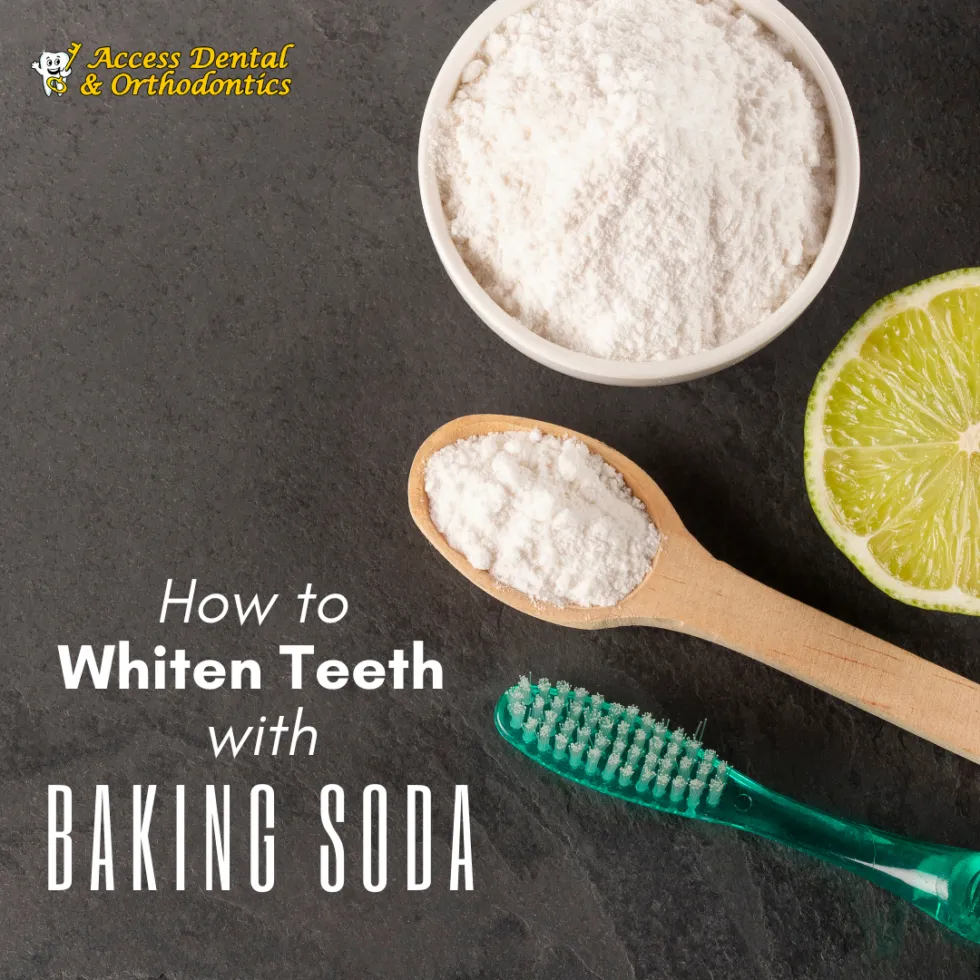
When brushing with baking soda, use gentle, circular motions. Avoid applying too much pressure, as this can damage your enamel. Brush each tooth surface thoroughly for about two minutes. Focus on all areas of your teeth, including the front, back, and chewing surfaces. Pay extra attention to areas with visible staining, but be careful not to over-brush. Regular and consistent brushing is key to achieving the best results. Brushing with baking soda should be integrated into your existing oral hygiene routine, replacing your regular toothpaste. This will allow the baking soda to work effectively in removing stains and maintaining a brighter smile. Remember, patience is key, and results may take a few weeks to become noticeable.
Alternative Baking Soda Application Methods
Besides brushing, some people use baking soda in combination with other ingredients. One popular combination is baking soda and hydrogen peroxide. Hydrogen peroxide is a mild bleaching agent that can further enhance the whitening effect. Another alternative involves mixing baking soda with a small amount of lemon juice. Lemon juice contains citric acid, which can help to break down stains. However, use caution with lemon juice, as its acidity can potentially erode enamel if used too frequently. Always rinse your mouth thoroughly after using any of these alternative methods, and consider consulting with a dentist before incorporating them into your routine to ensure they are suitable for your specific oral health needs.
Safety Precautions and Potential Risks
While baking soda is generally safe, it’s important to take certain precautions. Avoid brushing too aggressively, as this can wear down the enamel. If you have sensitive teeth or gums, baking soda might cause some discomfort or irritation. It’s essential to be mindful of how your teeth and gums react to the treatment. Overuse can also lead to increased tooth sensitivity. Consider consulting with your dentist before you start using baking soda, especially if you have existing dental issues. They can assess your oral health and advise you on whether baking soda is a suitable option for you. They can also help you to understand the potential risks and benefits based on your individual needs.
Side Effects of Baking Soda on Teeth
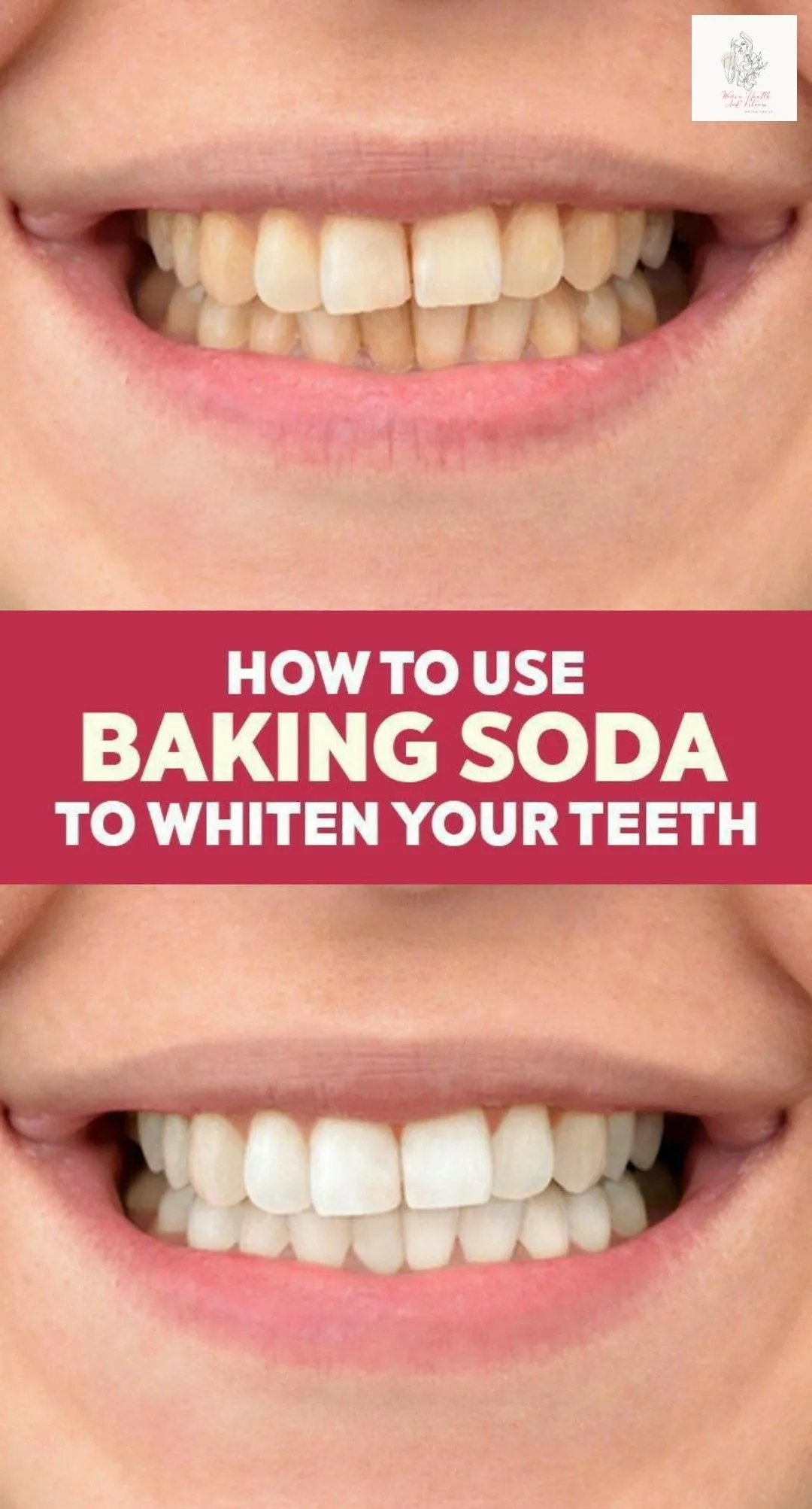
The most common side effect of using baking soda is increased tooth sensitivity. This occurs because the abrasive nature of baking soda can remove some of the enamel, exposing the underlying dentin. Other potential side effects include gum irritation or inflammation, particularly if you brush too hard. In rare cases, excessive use of baking soda can lead to the erosion of the enamel, increasing the risk of cavities and other dental problems. If you experience any of these side effects, stop using baking soda immediately and consult with your dentist. They can assess the damage and recommend alternative teeth whitening methods or treatments that are safer for your teeth and gums.
Frequency and Duration of Use
It is recommended to use baking soda for teeth whitening no more than a few times per week. Overuse can damage the enamel and increase tooth sensitivity. The duration of use should also be limited, typically for a few weeks at a time. After a period of use, it’s important to take a break to allow your teeth to recover. During this break, you can continue using your regular toothpaste. If you notice any adverse effects, such as increased sensitivity or gum irritation, discontinue use immediately. Regular dental check-ups are crucial during and after the use of baking soda. Your dentist can monitor your oral health and make sure that you are not experiencing any negative effects from the treatment.
Benefits of Baking Soda Teeth Whitening
The primary benefit of using baking soda for teeth whitening is its cost-effectiveness. It’s a very inexpensive alternative to professional whitening treatments or over-the-counter products. Baking soda is also readily available, making it a convenient option for anyone looking to brighten their smile. It’s considered a natural method, avoiding the use of harsh chemicals found in some commercial whitening products. Many people find that baking soda effectively removes surface stains caused by coffee, tea, and other foods and drinks. While the results may not be as dramatic as those from professional treatments, regular use can lead to a noticeable improvement in the appearance of your teeth. It also contributes to overall oral hygiene by cleaning and freshening the mouth.
Cost-Effectiveness Compared to Other Methods
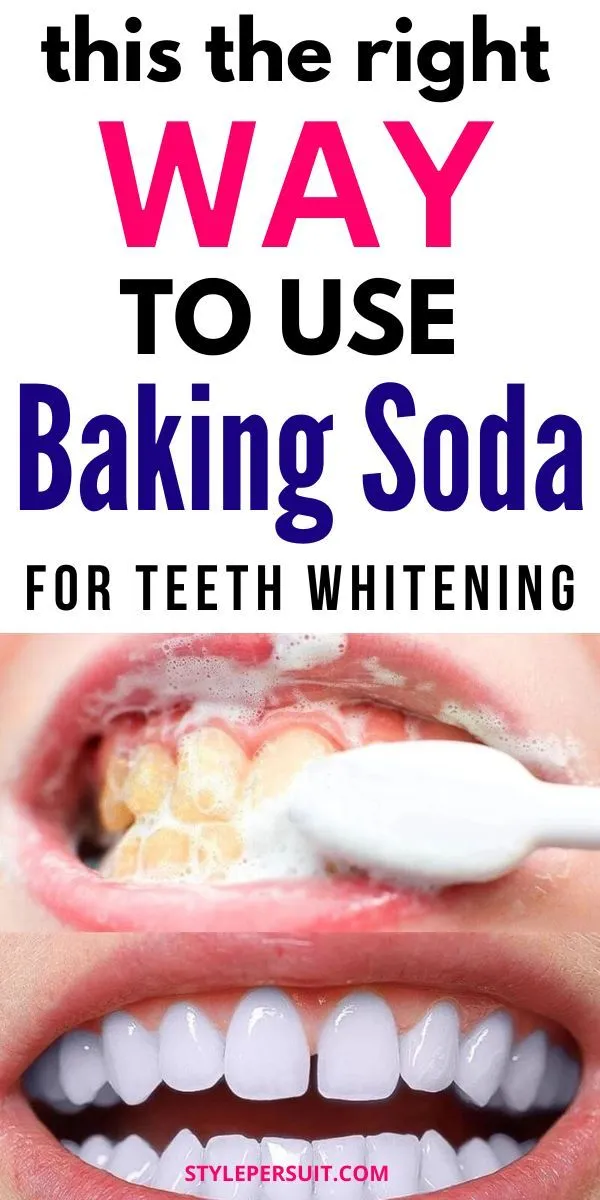
Compared to other teeth whitening methods, baking soda is exceptionally cost-effective. Professional teeth whitening treatments can be very expensive. Over-the-counter whitening products, such as strips and gels, can also add up over time. Baking soda, on the other hand, is a fraction of the cost. It is a simple and affordable option for people who want to improve their smile without spending a lot of money. The savings make it an accessible choice for those who may not be able to afford other options. This makes it a great alternative for maintaining a brighter smile on a budget. The low cost allows you to experiment and see if it works for you without making a significant financial investment.
Results and Expectations
It’s important to have realistic expectations when using baking soda for teeth whitening. The results are typically subtle and gradual, unlike the immediate effects of professional treatments. You may notice a slight improvement in the brightness of your teeth after a few weeks of consistent use. However, baking soda is unlikely to significantly alter the natural color of your teeth. The effectiveness of baking soda can vary depending on the type and severity of staining, as well as your individual oral health. If you have deep-seated stains or naturally dark teeth, you may not see dramatic results. Be patient and persistent, and remember that baking soda works best for removing surface stains. Maintaining a good oral hygiene routine, including regular brushing and flossing, is crucial for achieving and maintaining the best results.
What to Expect After Using Baking Soda
After using baking soda, you might notice a slight improvement in the brightness of your teeth. Your teeth may also feel cleaner and smoother due to the abrasive action. However, it’s important to monitor your teeth and gums for any adverse effects. If you experience increased sensitivity or gum irritation, you should reduce the frequency of use or stop using baking soda altogether. Continue with your regular oral hygiene routine, including brushing with fluoride toothpaste and flossing daily. Regular dental check-ups are essential to monitor your progress and ensure that your teeth and gums remain healthy. Your dentist can also provide advice on other teeth whitening methods or treatments if you desire more significant results.
Alternatives to Baking Soda for Teeth Whitening
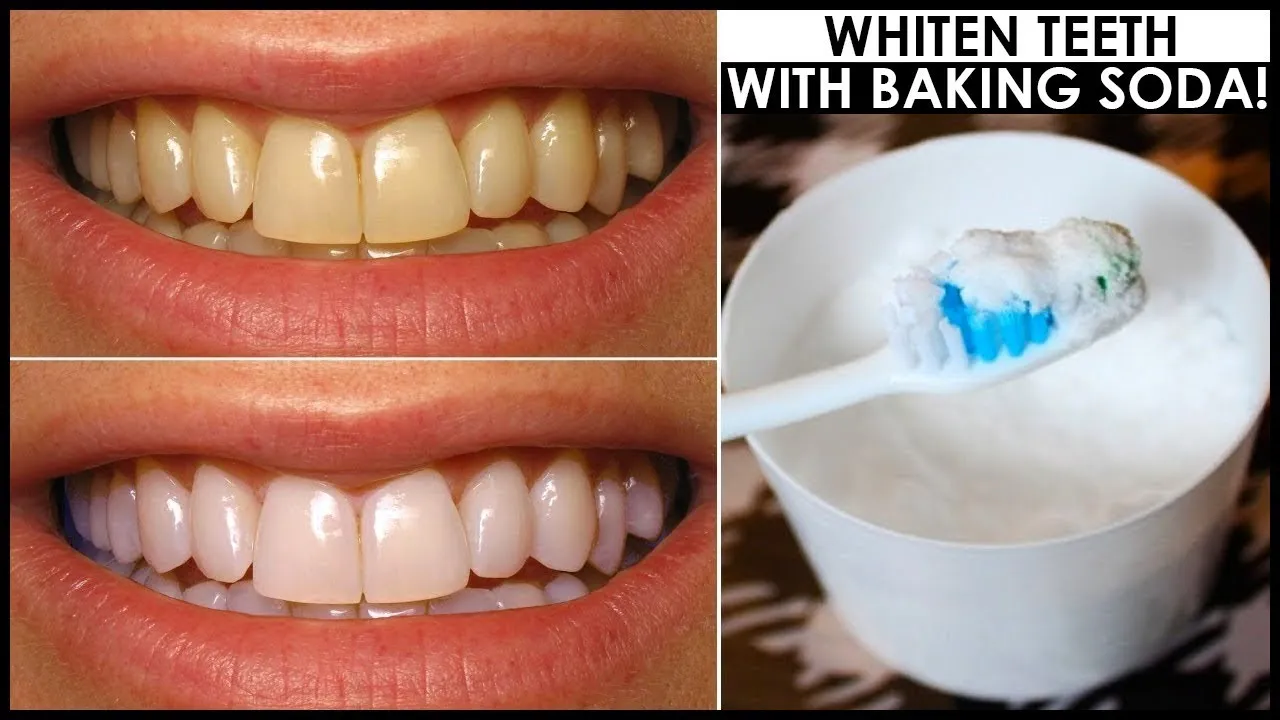
If you are looking for alternatives to baking soda, there are several options available. Over-the-counter whitening products, such as whitening strips and gels, are widely available. These products typically contain hydrogen peroxide or other bleaching agents that can lighten your teeth. However, they may cause some sensitivity. Another option is to consult with your dentist about professional teeth whitening treatments. These treatments are more effective and can provide significant results. They also minimize the risk of potential harm. Additionally, maintaining good oral hygiene, including regular brushing, flossing, and professional cleanings, can help to keep your teeth white and healthy. Consider incorporating products containing activated charcoal or certain toothpastes designed for whitening. The choice of method will depend on your individual needs and preferences.
